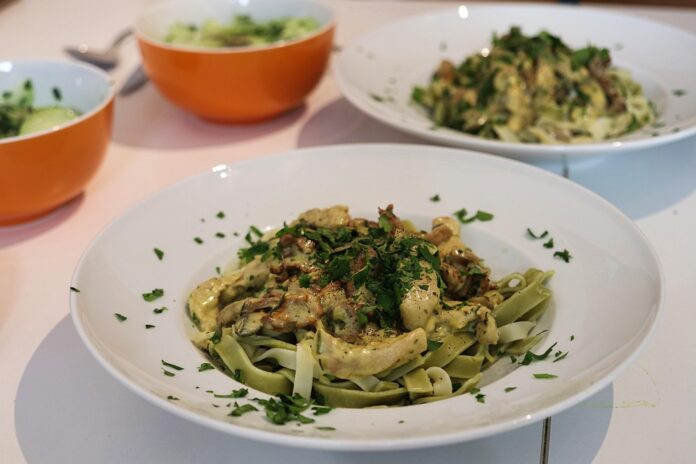Slaughterhouse Processes and Primary Turkey Meat Processing Methods
The process of preparing turkey meat for consumption involves several steps, from the slaughter of the bird to the final packaging of the meat. In this report, we will explore the various processes involved in the slaughterhouse and the primary methods used in turkey meat processing.
Slaughterhouse Processes
Slaughterhouses are facilities where animals are processed for human consumption. The process of slaughtering turkeys typically involves stunning the birds to render them unconscious before they are killed. This is done to minimize the animals’ suffering and ensure a more humane method of slaughter.
After stunning, the turkeys are bled out by cutting their carotid arteries to ensure rapid blood loss and death. The birds are then scalded in hot water to facilitate feather removal. Once the feathers are removed, the turkeys are eviscerated, meaning their internal organs are removed. The carcasses are then chilled to prevent bacterial growth before further processing.
Primary Turkey Meat Processing Methods
Once the turkeys have been slaughtered and cleaned, the meat is processed into various cuts and products for consumer consumption. Some of the primary processing methods used in turkey meat processing include:
1. Deboning: Deboning is the process of removing bones from the turkey meat to create boneless cuts such as turkey breast, thighs, and drumsticks. Deboning can be done manually or using automated machinery to increase efficiency.
2. Grinding: Turkey meat can be ground to produce ground turkey, which is commonly used in products like turkey burgers, sausages, and meatballs. The meat is passed through a grinder to achieve the desired consistency.
3. Slicing: Slicing is another common processing method used to create deli meats and sliced turkey products. The meat is sliced to the desired thickness using specialized slicing equipment.
4. Curing: Curing is a preservation method that involves treating the turkey meat with salt, sugar, and other curing agents to enhance flavor and extend shelf life. Cured turkey products include bacon, ham, and deli meats.
Industry Insights
The turkey meat processing industry is a significant sector of the food industry, with several major companies dominating the market. Some of the key players in the turkey meat processing industry include Butterball, Jennie-O, and Cargill.
According to industry data, the global turkey meat market was valued at $14.1 billion in 2020 and is projected to reach $18.3 billion by 2027, growing at a CAGR of 3.7% during the forecast period. The increasing demand for protein-rich foods, changing consumer preferences, and the growing popularity of turkey as a healthy alternative to other meats are driving the growth of the turkey meat processing industry.
In conclusion, the slaughterhouse processes and primary turkey meat processing methods play a crucial role in bringing turkey meat from the farm to the table. Understanding these processes can help consumers make informed choices about the turkey products they purchase and consume. As the turkey meat processing industry continues to evolve and innovate, we can expect to see new products and processing methods emerge to meet the changing demands of consumers.




